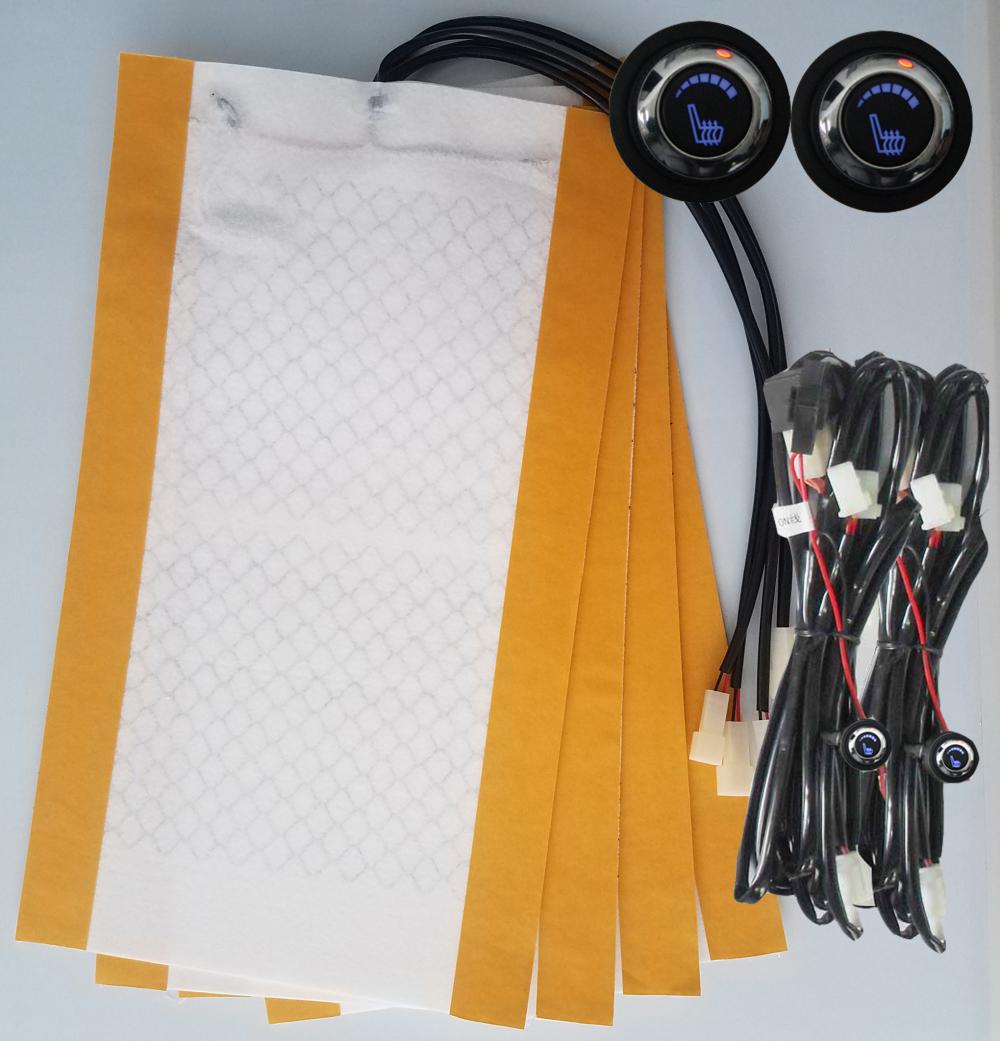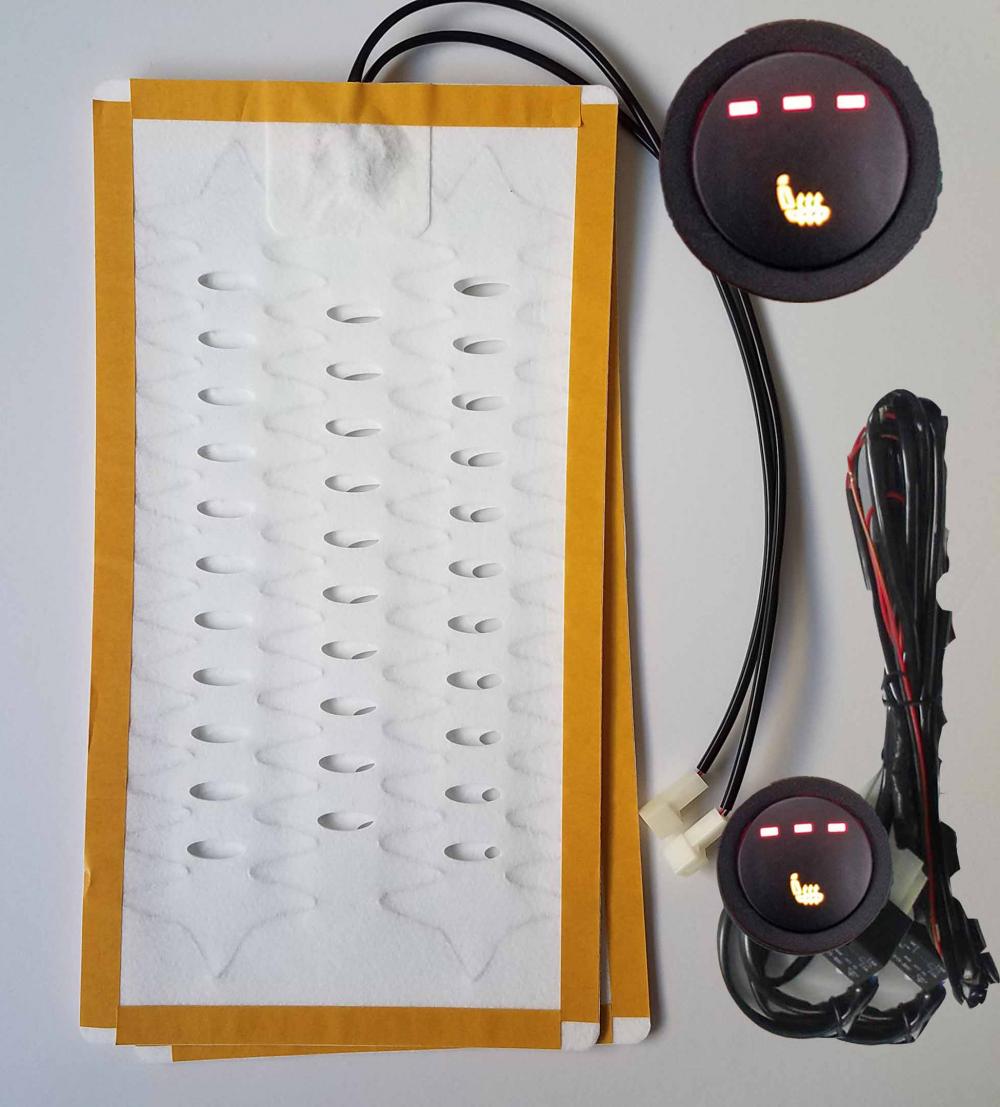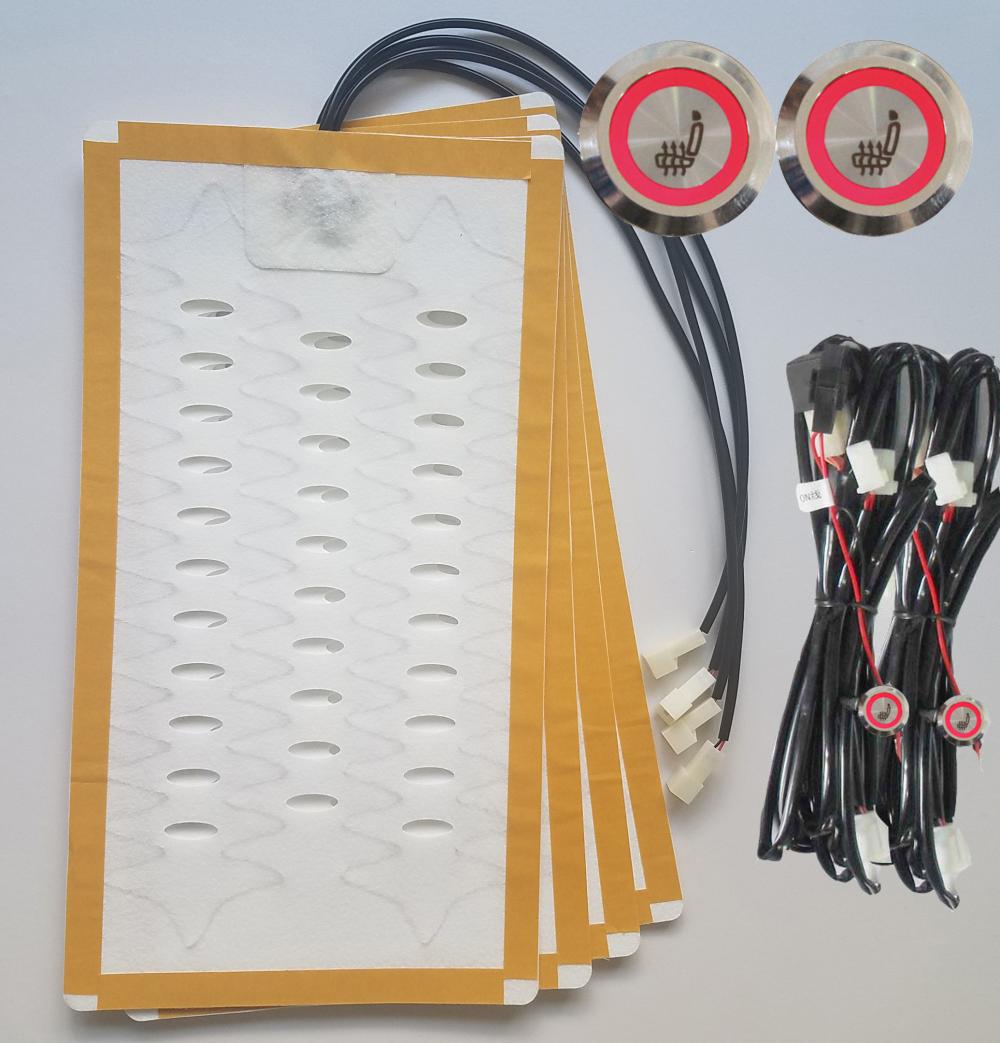Abstract: Control valves, also known as valves, play a very important role in the control of fluid transport. Among them, the safety valve and the presence of the control valve provide a guarantee for the personal safety of the workers in the fluid transportation process and the safety of the equipment. The author studies the design of the safety valve and studies the control valve. the design of.
Key words: control valve safety valve Preface Safety valve is widely used in social life as the most important safety equipment in pressure equipment such as boilers, ensuring equipment and personal safety. However, there are still many problems in the actual valve design process, resulting in frequent failures in the process of safety valve application, it is difficult to ensure safety. This paper discusses the design of safety valves in the design of safety valves.
1 Positioner The pneumatically operated valve relies on a positioner to accept an input signal provided by the process controller and convert it into a valve stroke. These meters are available in three configurations: (1) Pneumatic - a pneumatic signal (usually 3-15 psig) is supplied to the positioner. This positioner converts it into a desired valve position and provides the source pressure required by the valve actuator to reach this position to move the valve to the correct position. (2) Analog I/P - This positioner has the same function as the above positioner, but it uses current (usually 4-20 mA) instead of the air source as the input signal. (3) Digital - Although this positioner is very similar in function to the analog I/P positioner described above, the difference is that the electrical signal conversion is digital rather than analog. The digital product also includes three types: 1 digital non-communication - a current signal (4-20 mA) is supplied to the positioner. It drives the electronic module and controls the output. 2HART - This is the same as the digital non-communication locator, but it can perform two-way digital communication on the same conductor as the analog signal. 3 Fieldbus—This locator accepts digital-based signals and uses digital electronics with mechanical components to position the valve. The full digital control signal replaces the analog control signal. In addition, two-way digital communication on the same wire is also possible. This shift of field communication technology to fieldbus technology benefits end users by improving control structures, increasing throughput and reducing wiring.
The use of an analog built-in I/P positioner or digital controller instead of a combination of a pneumatic positioner and a converter will result in significant cost savings. The ability to embed software commands into the memory module of the device represents a real difference between the digital and analog I/P locator levels. This capability enables automatic configuration and setup of the valve. Most importantly, it enables two-way communication for the diagnosis of processes, valves and meters.
Using a digital valve controller reduces loop commissioning costs, including installation and calibration. Digital valve controllers automatically use diagnostics to maintain loop performance levels and improve process control by reducing process variation. In addition, digital valve controllers have two aspects that make them particularly attractive: (1) automatic calibration and configuration. Significant time savings can be achieved compared to traditional zero and span adjustments. (2) Valve diagnosis. Through the Distributed Control System (DCS), PC software tools, or hand-operated communicators, users can diagnose the health of the valve while the valve is online.
In the past, field personnel, with the help of the FlowScannerTM system, were able to diagnose the health of a valve through a series of off-line tests. The FlowScanner system consists of ports, computers and trips, and human sensors. Sensing is connected to the valve for off-line diagnostic testing. An experienced maintenance person can decide whether the valve will continue to be used or repaired. The digital meter can extend this service with additional enhancements: because the sensor is part of the meter, testing can be done at any time. It is now possible to remotely diagnose the health of the valve via HART or fieldbus. Online diagnostics make predictive maintenance possible.
These advantages are extremely important for our field applications. This remote capability enables valve monitoring and reports to our and valve manufacturers about the operation of the equipment. Today we are diagnosing valves with unprecedented levels. Predictive maintenance is possible. When the valve is working we can monitor it in real time to understand its performance. Valve performance decreases over time, and monitoring valve performance allows us to predict when it is necessary to replace or repair the valve.
2 limit switch limit switch provides discrete input to the distributed control system, or drive signal light, small solenoid valve, relay or alarm. Cam operated limit switches are typically used with two to four separate switches that are operated by valve stem motion. The components installed next to the actuator contain these switches. Each switch can be individually adjusted to provide a signal to an AC or DC system. Other types of limit switches mounted on the valve also have this effect.
3 The type of solenoid valve actuator and the required fail safe mode determine the correct choice of solenoid valve. Solenoid valves can be used on double acting pistons or single acting film actuators.
4 Air Supply Pressure Regulator The supply air pressure regulator, commonly known as the air assembly, reduces the on-site air supply pressure supplied to the valve positioner and other control equipment. Commonly used decompressed air supply pressures are 20, 35 and 60 psig. The regulator can be mounted either integrally on the positioner or with a threaded socket or bolted to the actuator.
5 Pneumatic locking system The pneumatic locking system is used with the control valve to lock the current load pressure of the actuator when the supply pressure is lost. These devices can be used with a gas tank to move the valve to a fully open or fully closed position when the source pressure is lost. After the supply pressure is restored, normal operation will continue automatically. A functionally similar structure can also be provided to the control valve using the membrane actuator.
The 6-gas converter accepts a DC input signal and uses a torque motor, nozzle baffle and pneumatic amplifier to convert this electrical signal into a proportional pneumatic output signal. The nozzle pressure operates the amplifier and is coupled to the feedback bellows of the torque motor for comparison between the input signal and the nozzle pressure. The electro-pneumatic converter can be mounted directly on the valve and the valve can be operated without the need for an additional gas booster or positioner.
7 Electro-pneumatic valve positioner The electro-pneumatic positioner is used to operate the pneumatic diaphragm control valve actuator in the electrical control circuit. The positioner accepts a 4-20 mA DC input signal and uses an I/P converter, nozzle baffle and pneumatic amplifier to convert this input signal into a pneumatic output signal. This output signal acts directly on the actuator diaphragm to produce a spool position that is proportional to the input signal. The position of the spool is fed back to the torque of the spool by the mechanical device. The split-range capability provides full-stroke action of the actuator over a range of input signals.
8 Conclusion With the pace of restructuring of the valve industry, the future industry will be the competition between valve product quality and safety and product brands. The products are developed in the direction of high technology, high parameters, strong corrosion resistance and high life. Only through continuous technological innovation. To develop new products and carry out technological transformations, we can gradually improve the product technology level, meet the domestic equipment support, and fully realize the localization of valves.
References [1] Qiu Yiqin. On the knowledge composition in the field of valve design [J]. Science and Technology Innovation Herald, 2010 (22).
[2] Jin Weizeng. Analysis and structural design of cryogenic valve design [D]. Lanzhou University of Technology, 2012.
Key words: control valve safety valve Preface Safety valve is widely used in social life as the most important safety equipment in pressure equipment such as boilers, ensuring equipment and personal safety. However, there are still many problems in the actual valve design process, resulting in frequent failures in the process of safety valve application, it is difficult to ensure safety. This paper discusses the design of safety valves in the design of safety valves.
1 Positioner The pneumatically operated valve relies on a positioner to accept an input signal provided by the process controller and convert it into a valve stroke. These meters are available in three configurations: (1) Pneumatic - a pneumatic signal (usually 3-15 psig) is supplied to the positioner. This positioner converts it into a desired valve position and provides the source pressure required by the valve actuator to reach this position to move the valve to the correct position. (2) Analog I/P - This positioner has the same function as the above positioner, but it uses current (usually 4-20 mA) instead of the air source as the input signal. (3) Digital - Although this positioner is very similar in function to the analog I/P positioner described above, the difference is that the electrical signal conversion is digital rather than analog. The digital product also includes three types: 1 digital non-communication - a current signal (4-20 mA) is supplied to the positioner. It drives the electronic module and controls the output. 2HART - This is the same as the digital non-communication locator, but it can perform two-way digital communication on the same conductor as the analog signal. 3 Fieldbus—This locator accepts digital-based signals and uses digital electronics with mechanical components to position the valve. The full digital control signal replaces the analog control signal. In addition, two-way digital communication on the same wire is also possible. This shift of field communication technology to fieldbus technology benefits end users by improving control structures, increasing throughput and reducing wiring.
The use of an analog built-in I/P positioner or digital controller instead of a combination of a pneumatic positioner and a converter will result in significant cost savings. The ability to embed software commands into the memory module of the device represents a real difference between the digital and analog I/P locator levels. This capability enables automatic configuration and setup of the valve. Most importantly, it enables two-way communication for the diagnosis of processes, valves and meters.
Using a digital valve controller reduces loop commissioning costs, including installation and calibration. Digital valve controllers automatically use diagnostics to maintain loop performance levels and improve process control by reducing process variation. In addition, digital valve controllers have two aspects that make them particularly attractive: (1) automatic calibration and configuration. Significant time savings can be achieved compared to traditional zero and span adjustments. (2) Valve diagnosis. Through the Distributed Control System (DCS), PC software tools, or hand-operated communicators, users can diagnose the health of the valve while the valve is online.
In the past, field personnel, with the help of the FlowScannerTM system, were able to diagnose the health of a valve through a series of off-line tests. The FlowScanner system consists of ports, computers and trips, and human sensors. Sensing is connected to the valve for off-line diagnostic testing. An experienced maintenance person can decide whether the valve will continue to be used or repaired. The digital meter can extend this service with additional enhancements: because the sensor is part of the meter, testing can be done at any time. It is now possible to remotely diagnose the health of the valve via HART or fieldbus. Online diagnostics make predictive maintenance possible.
These advantages are extremely important for our field applications. This remote capability enables valve monitoring and reports to our and valve manufacturers about the operation of the equipment. Today we are diagnosing valves with unprecedented levels. Predictive maintenance is possible. When the valve is working we can monitor it in real time to understand its performance. Valve performance decreases over time, and monitoring valve performance allows us to predict when it is necessary to replace or repair the valve.
2 limit switch limit switch provides discrete input to the distributed control system, or drive signal light, small solenoid valve, relay or alarm. Cam operated limit switches are typically used with two to four separate switches that are operated by valve stem motion. The components installed next to the actuator contain these switches. Each switch can be individually adjusted to provide a signal to an AC or DC system. Other types of limit switches mounted on the valve also have this effect.
3 The type of solenoid valve actuator and the required fail safe mode determine the correct choice of solenoid valve. Solenoid valves can be used on double acting pistons or single acting film actuators.
4 Air Supply Pressure Regulator The supply air pressure regulator, commonly known as the air assembly, reduces the on-site air supply pressure supplied to the valve positioner and other control equipment. Commonly used decompressed air supply pressures are 20, 35 and 60 psig. The regulator can be mounted either integrally on the positioner or with a threaded socket or bolted to the actuator.
5 Pneumatic locking system The pneumatic locking system is used with the control valve to lock the current load pressure of the actuator when the supply pressure is lost. These devices can be used with a gas tank to move the valve to a fully open or fully closed position when the source pressure is lost. After the supply pressure is restored, normal operation will continue automatically. A functionally similar structure can also be provided to the control valve using the membrane actuator.
The 6-gas converter accepts a DC input signal and uses a torque motor, nozzle baffle and pneumatic amplifier to convert this electrical signal into a proportional pneumatic output signal. The nozzle pressure operates the amplifier and is coupled to the feedback bellows of the torque motor for comparison between the input signal and the nozzle pressure. The electro-pneumatic converter can be mounted directly on the valve and the valve can be operated without the need for an additional gas booster or positioner.
7 Electro-pneumatic valve positioner The electro-pneumatic positioner is used to operate the pneumatic diaphragm control valve actuator in the electrical control circuit. The positioner accepts a 4-20 mA DC input signal and uses an I/P converter, nozzle baffle and pneumatic amplifier to convert this input signal into a pneumatic output signal. This output signal acts directly on the actuator diaphragm to produce a spool position that is proportional to the input signal. The position of the spool is fed back to the torque of the spool by the mechanical device. The split-range capability provides full-stroke action of the actuator over a range of input signals.
8 Conclusion With the pace of restructuring of the valve industry, the future industry will be the competition between valve product quality and safety and product brands. The products are developed in the direction of high technology, high parameters, strong corrosion resistance and high life. Only through continuous technological innovation. To develop new products and carry out technological transformations, we can gradually improve the product technology level, meet the domestic equipment support, and fully realize the localization of valves.
References [1] Qiu Yiqin. On the knowledge composition in the field of valve design [J]. Science and Technology Innovation Herald, 2010 (22).
[2] Jin Weizeng. Analysis and structural design of cryogenic valve design [D]. Lanzhou University of Technology, 2012.
It operates at three different levels of adjustments so you will find it great for your car as you can select the required temperature. The car seat also has an ergonomic design, which provides great com

 fy.
fy.
24V Heated Pads,24V Seat Heater,Heated Pads Seat Heated,Seat Covers For Heated Seats
JiLin Province Debang Auto Electric Co.,Ltd. , https://www.dbatelectric.com